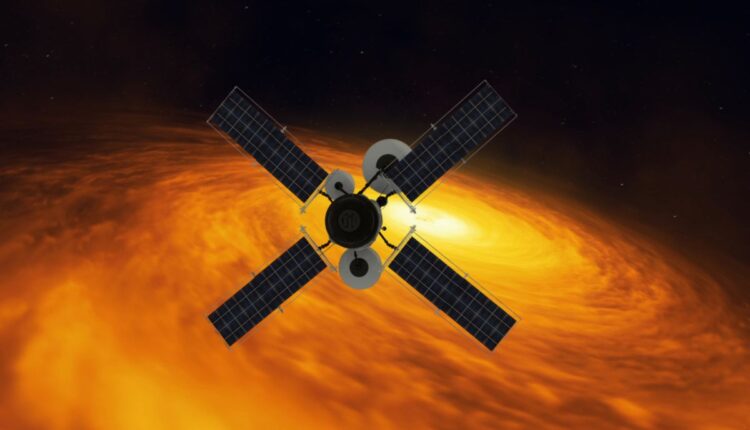A revolutionary space venture aims to transform nighttime solar energy production through an ambitious satellite constellation, but astronomers warn the project could create catastrophic light pollution while facing significant technical hurdles.
Reflect Orbital, an innovative American company, has unveiled plans to deploy thousands of mirror-equipped satellites that would reflect sunlight back to Earth, enabling solar farms to generate electricity after sunset. The startup intends to begin with a test satellite called Earendil-1, scheduled for launch in 2026, followed by approximately 4,000 satellites operating by 2030.
The concept involves satellite sunlight reflection technology using massive orbital mirrors to direct solar energy toward designated areas on Earth’s surface. However, scientific analysis reveals both the technical feasibility and environmental impact present serious concerns.
How Space-Based Solar Reflection Works
The satellite sunlight reflection system operates on the same principle as bouncing light off a watch face, but at an enormous scale. Each operational satellite would orbit 625 kilometers above Earth, equipped with mirrors measuring 54 meters across.
Due to the Sun’s half-degree angular size in the sky, reflected sunlight spreads at the same angle over distance. This physical limitation means that a satellite positioned 800 kilometers from its target would illuminate an area at least seven kilometers wide, regardless of mirror design.
A single 54-meter satellite would produce illumination 15,000 times dimmer than midday sunlight, though still significantly brighter than moonlight. To achieve Reflect Orbital’s goal of delivering 200 watts per square meter – equivalent to 20% of peak solar conditions – approximately 3,000 satellites would need to simultaneously target one location.
Technical Challenges Cast Doubt on Viability
The company conducted balloon tests using a 2.5-meter mirror at 242 meters altitude, measuring 516 watts per square meter. While promising at close range, scaling this technology to space distances reveals fundamental problems.
Satellites at 625-kilometer altitude travel at 7.5 kilometers per second, remaining within 1,000 kilometers of any given location for merely 3.5 minutes. Providing even one hour of continuous illumination would require thousands of additional satellites beyond the initial 3,000 needed for adequate brightness.
Company founder Ben Nowack has suggested deploying up to 250,000 satellites in 600-kilometer orbits – exceeding all currently catalogued satellites and space debris combined. Even this massive constellation would illuminate no more than 80 locations simultaneously, delivering only 20% of midday solar intensity.
Astronomical Community Raises Serious Concerns
The satellite sunlight reflection project has sparked alarm among astronomers who fear devastating consequences for night sky observation. Unlike existing satellites that accidentally create light pollution, Reflect Orbital’s mirrors would intentionally produce bright illumination.
The test satellite alone would appear far brighter than the full Moon when operational. A complete constellation would create telescope hazards, with mirror surfaces appearing nearly as bright as the Sun itself, potentially causing permanent eye damage to observers.
Light pollution from the satellite constellation would impair astronomical research and disrupt natural animal rhythms. As satellites move between targets, their beams would sweep across Earth, creating Moon-bright flashes throughout the night sky.
The company indicated to Bloomberg that it plans to make illumination “brief, predictable and targeted,” avoiding observatories and sharing satellite locations for scientific planning. However, no response was provided regarding broader environmental concerns.
Future Prospects and Industry Impact
Whether Reflect Orbital can successfully implement its satellite sunlight reflection technology remains uncertain. The gap between launching a single test satellite and deploying 250,000 operational mirrors represents a significant technical and financial challenge.
The project highlights growing tensions between commercial space ventures and scientific research. While cheaper rocket technology has enabled large satellite constellations, the potential for intentional light pollution raises new regulatory questions.
For astronomers and anyone valuing dark night skies, the success of such projects would create unprecedented challenges. The consequences of filling Earth’s orbit with bright mirrors would fundamentally alter humanity’s relationship with the cosmos above.


